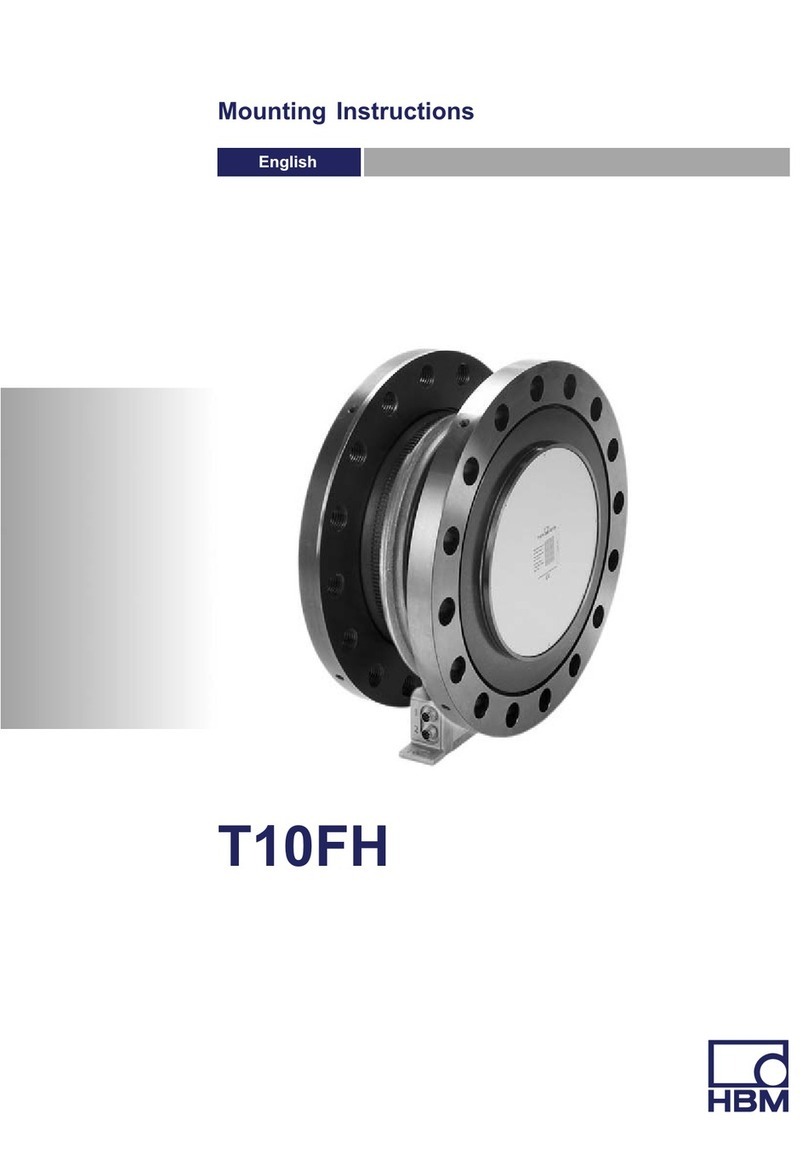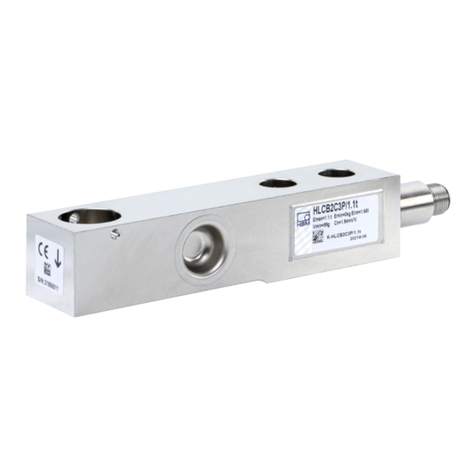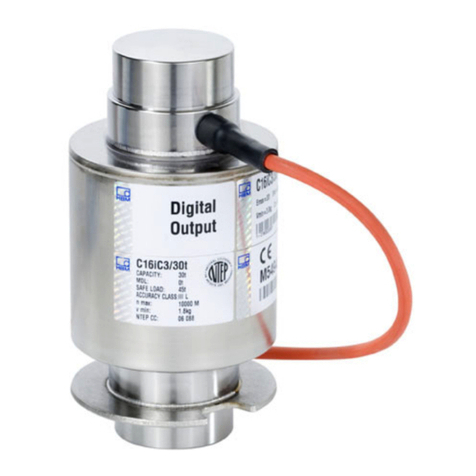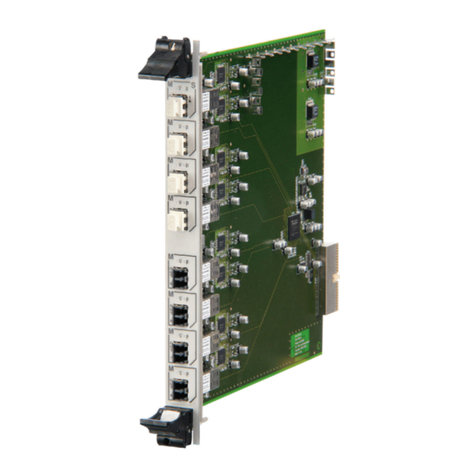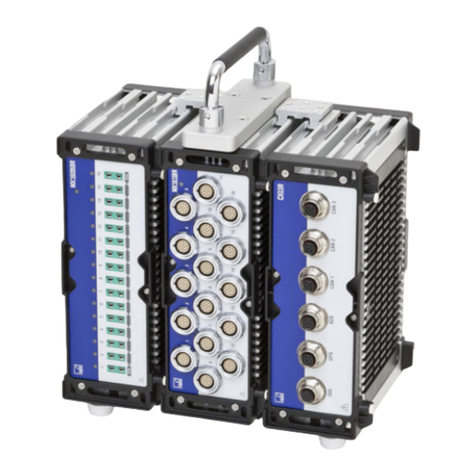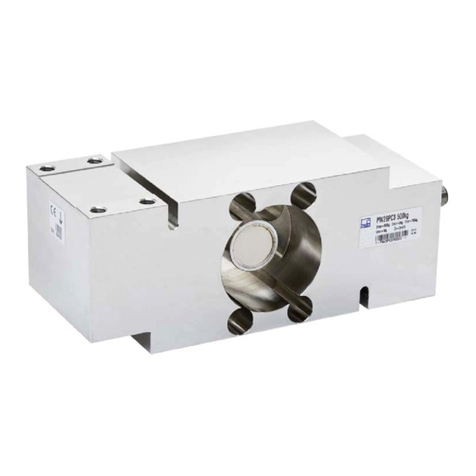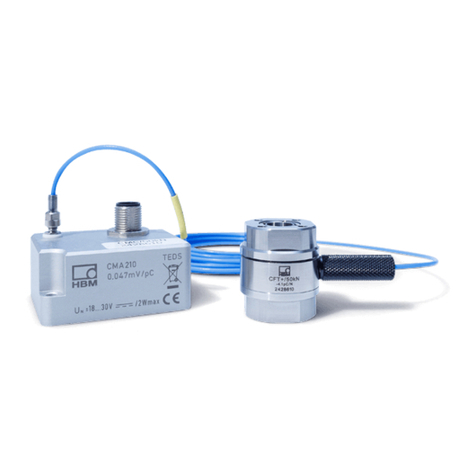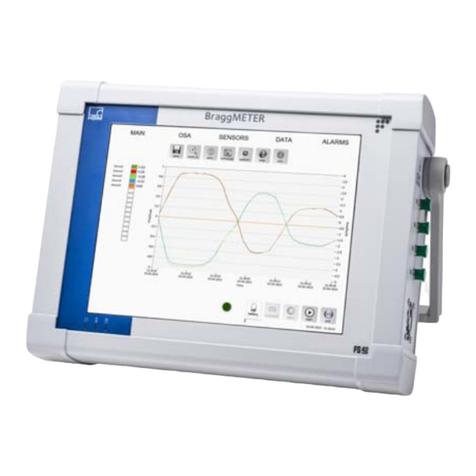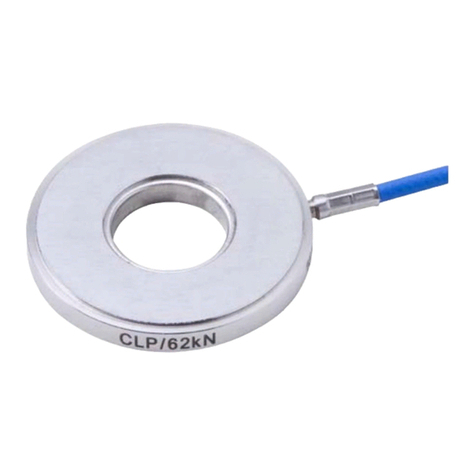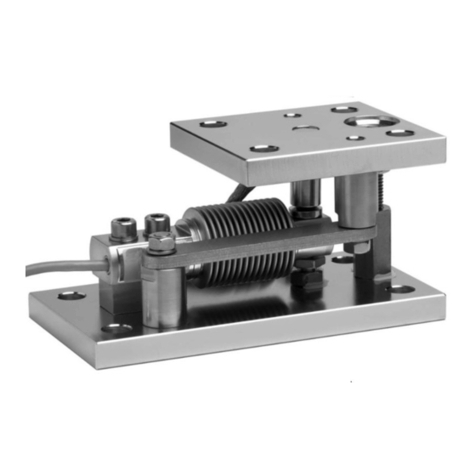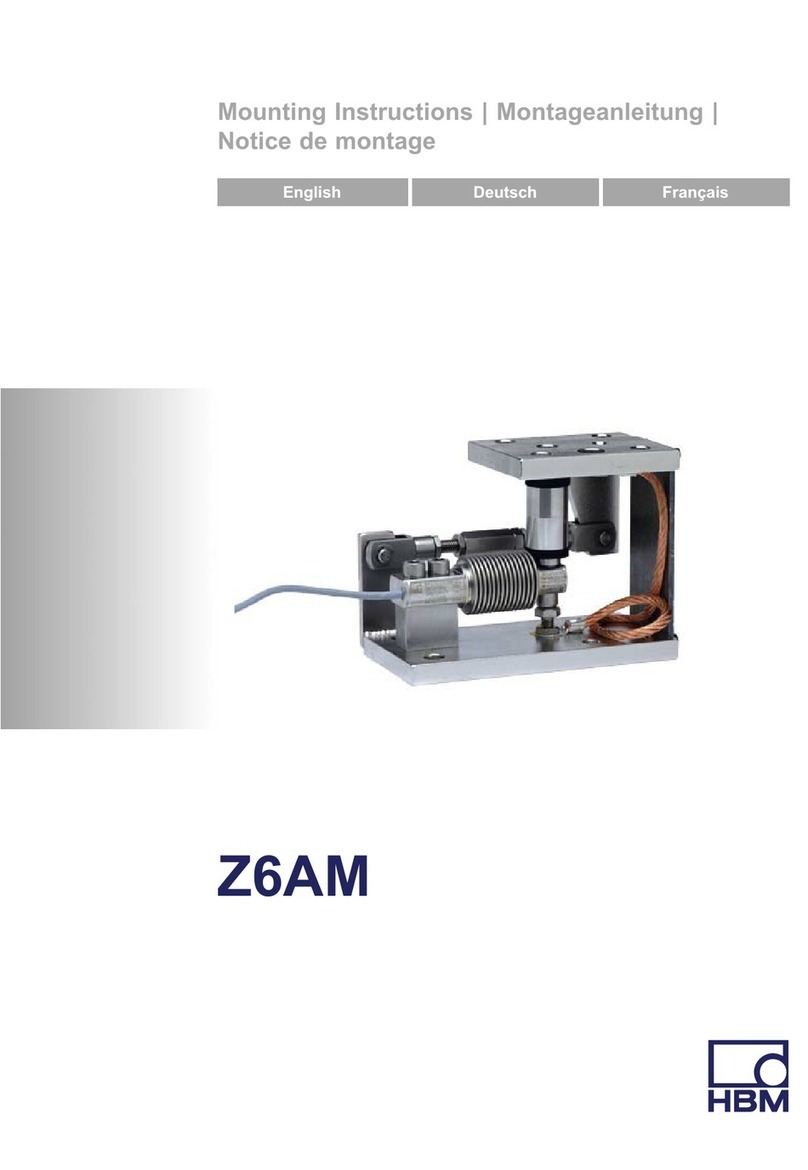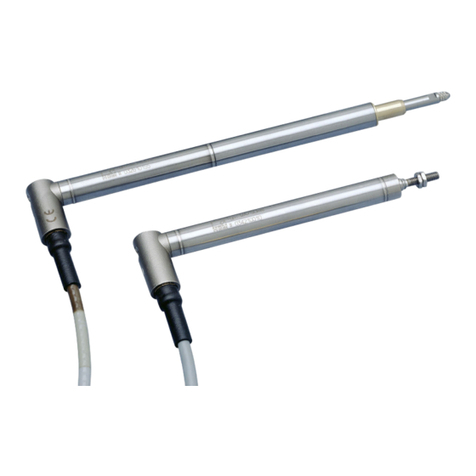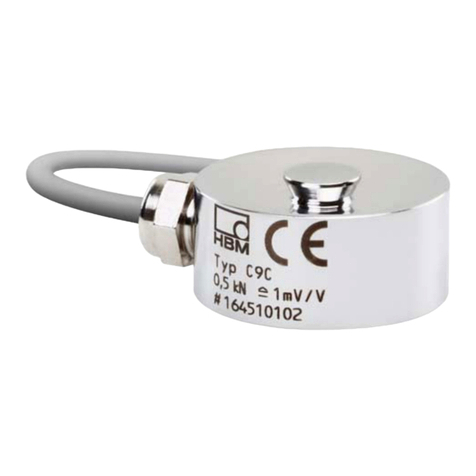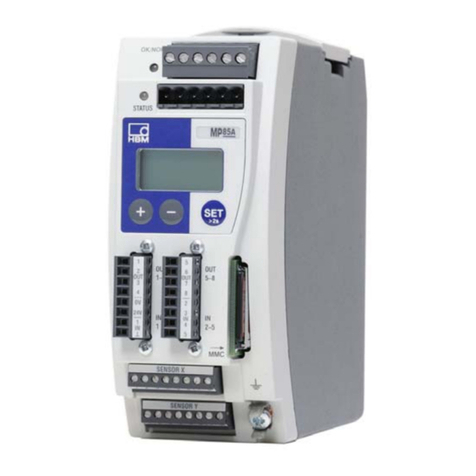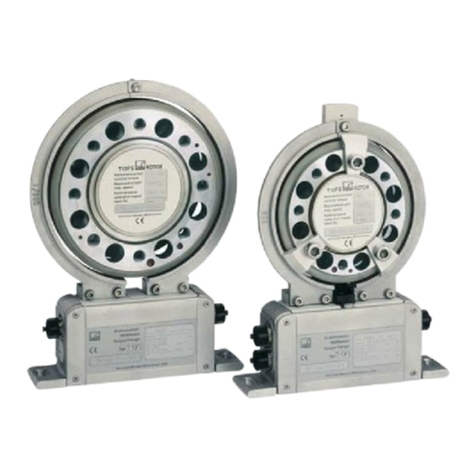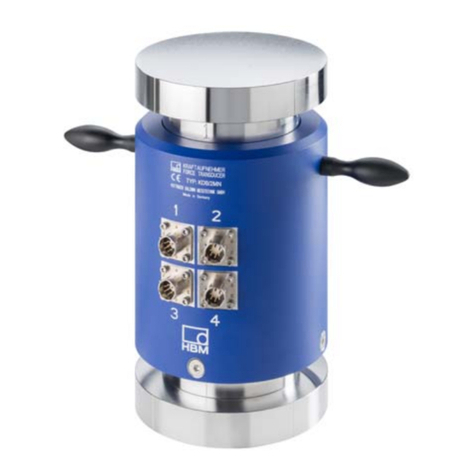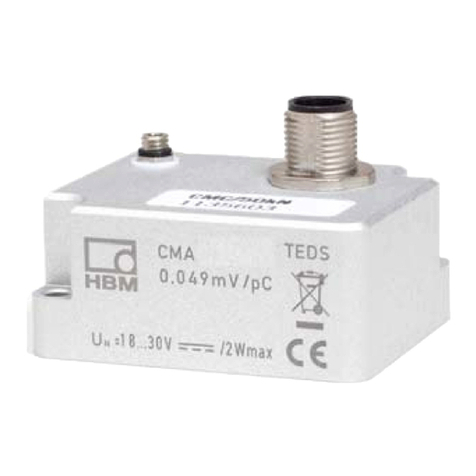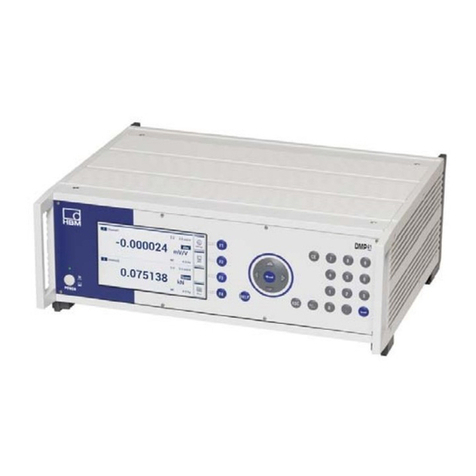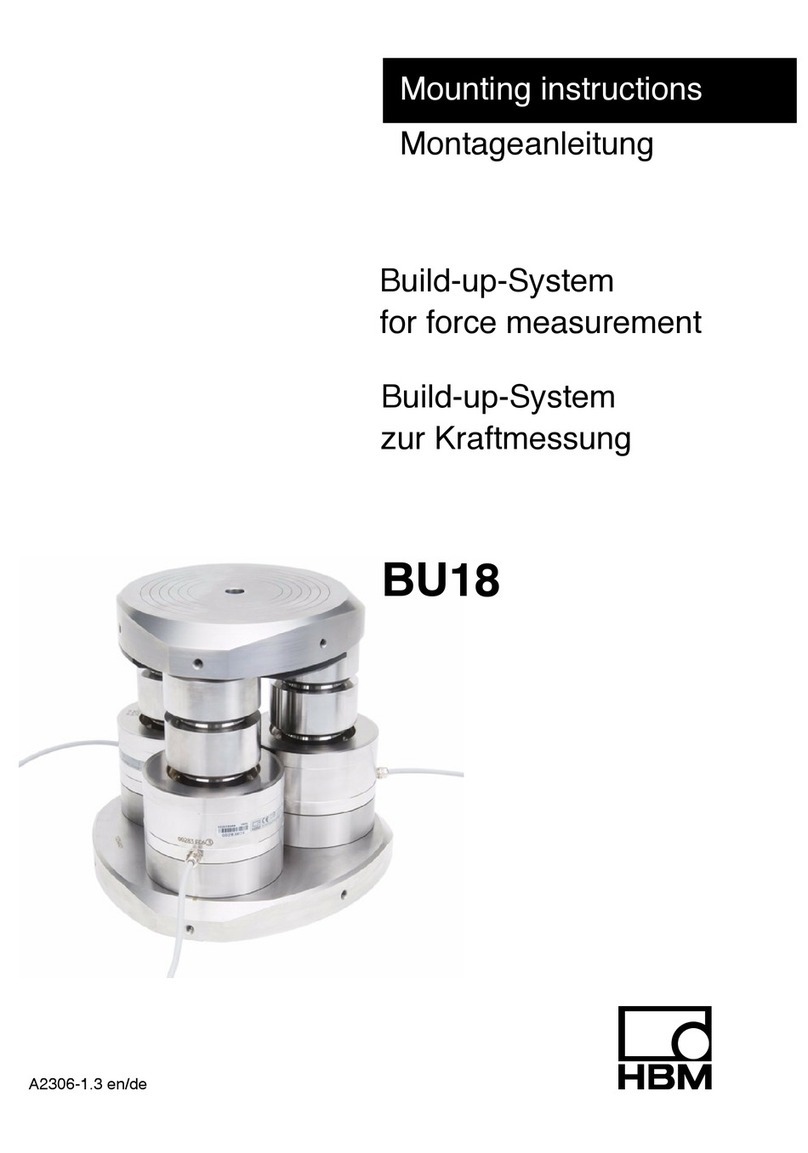
4A0785-150 HBM: public T10FS
6 Electrical connection 44......................................
6.1 General information 44........................................
6.1.1 FCC and IC compliant installation
for US and Canada installation only 45...........................
6.2 Shielding design 47...........................................
6.3 Option 2, code KF1 48........................................
6.3.1 Adaptation to the cable length 48...............................
6.4 Option 2, code SF1/SU2 50....................................
6.5 Supply voltage 54.............................................
7 Calibration 56...............................................
7.1 Calibration Option 2, code KF1 56..............................
7.2 Calibration Option 2, code SF1/SU2 57..........................
8 Settings 58..................................................
8.1 Torque output signal, code KF1 60..............................
8.2 Torque output signal, code SF1/SU2 60.........................
8.3 Setting up the zero point 60....................................
8.4 Functional testing 62..........................................
8.4.1 Power transmission 62........................................
8.4.2 Testing the optical speed module 62.............................
8.5 Setting the pulse count 64.....................................
8.5.1 Magnetic speed measuring system 64...........................
8.5.2 Optical speed measuring system 68.............................
8.6 Vibration suppression (hysteresis) 70............................
8.7 Form of speed output signal 71.................................
8.8 Type of speed output signal 72.................................
8.9 Optical speed measuring system with a reference pulse 73.........
9 Loading capacity 75.........................................
9.1 Measuring dynamic torque 75..................................












